Are you planning a trip to explore the vibrant culture of ethnic villages? Are There Restrictions On Photography In Ethnic Villages? Should I Ask Permission? Navigating cultural sensitivities is crucial for ethical travel, and SIXT.VN is here to guide you. This guide offers insights into photography etiquette in ethnic villages, ensuring respectful and enriching experiences in Vietnam and beyond. Unlock the best photography practices in ethnic villages and enhance your cultural immersion today.
1. Understanding the Context of Photography in Ethnic Villages
As a traveler venturing into ethnic villages, it’s essential to recognize the profound impact tourism can have on these communities.
1.1. The Significance of Context
Many lives have been and will be disrupted by tourism. According to research from the Tourism Authority of Thailand in 2023, sustainable tourism practices, including ethical photography, can significantly mitigate negative impacts and foster positive relationships between tourists and local communities. It is important to acknowledge that you are entering someone else’s space, a space to which you are not inherently entitled.
1.2. Respectful Conduct: A Multifaceted Approach
Showing respect transcends mere politeness; it requires a deep understanding and appreciation of the local culture.
- Language Proficiency: Acquiring even basic phrases in the local language can break down barriers and demonstrate a genuine interest in the community.
- Cultural Awareness: Researching accepted behaviors and customs beforehand can prevent unintentional offenses and promote harmonious interactions.
- Intuitive Sensitivity: Tuning into your intuition allows you to gauge the atmosphere of a place and adapt your behavior accordingly.
- Non-Verbal Communication: A smile can convey warmth and friendliness, fostering a sense of connection and trust.
- Mindful Observation: Paying attention to your surroundings enables you to identify subtle cues and avoid intrusive actions.
1.3. Linguistic Considerations
Be mindful of your language, both before, during, and after your travels. Avoid using terms that invalidate the experiences and histories of indigenous groups. Remember, you are a guest in their home, and your language should reflect that respect.
1.4. Giving Back: Beyond Financial Transactions
Consider what you plan to give back to the communities you visit. This doesn’t always mean monetary contributions. Being a net positive during your travels involves acting from a foundation of knowledge and respect for the local culture.
2. The Importance of Asking Permission
In a perfect world, asking permission before taking someone’s photo is the ideal approach. However, the reality is often more nuanced.
2.1. Balancing Respect and Spontaneity
Consider the scenario: You spot a woman selling fruit at a market and want to capture the scene. The respectful approach would be to ask for her permission. However, this might disrupt the moment or alter her pose. In such cases, some photographers opt to take the photo and ask for forgiveness afterward. There are no clear rules, and each photographer must develop their own viewpoint.
2.2. Reading Social Cues
If you get someone’s attention, you can usually tell if they are comfortable having their photo taken. According to travel photographer Paola Franqui (monaris), a smile goes a long way. Openness and friendliness can make others feel comfortable. If someone shows signs of aggression or indicates they don’t want their photo taken, it’s essential to walk away respectfully.
2.3. Prioritizing Human Connection
When interacting with someone, prioritize the interaction over the photo. Be more interested in the person than the image you might capture. The photo is just a bonus. Engage in conversation, show genuine interest, and ask permission before taking their photo.
2.4. Photographing Children
When it comes to photographing children, it’s crucial to seek explicit permission from their parent or guardian. Consider what you would do in your home country and apply the same standards.
2.5. Avoiding Exploitation
Sometimes, our excitement can cloud our judgment. Ensure your photography is an act of respect, not exploitation. If a photo makes you feel uncomfortable, there’s likely a reason.
2.6. Building Relationships
Forming relationships with the people you photograph can help you understand what is and is not appropriate. Even a brief interaction can provide insights into their story and whether it’s appropriate to document it.
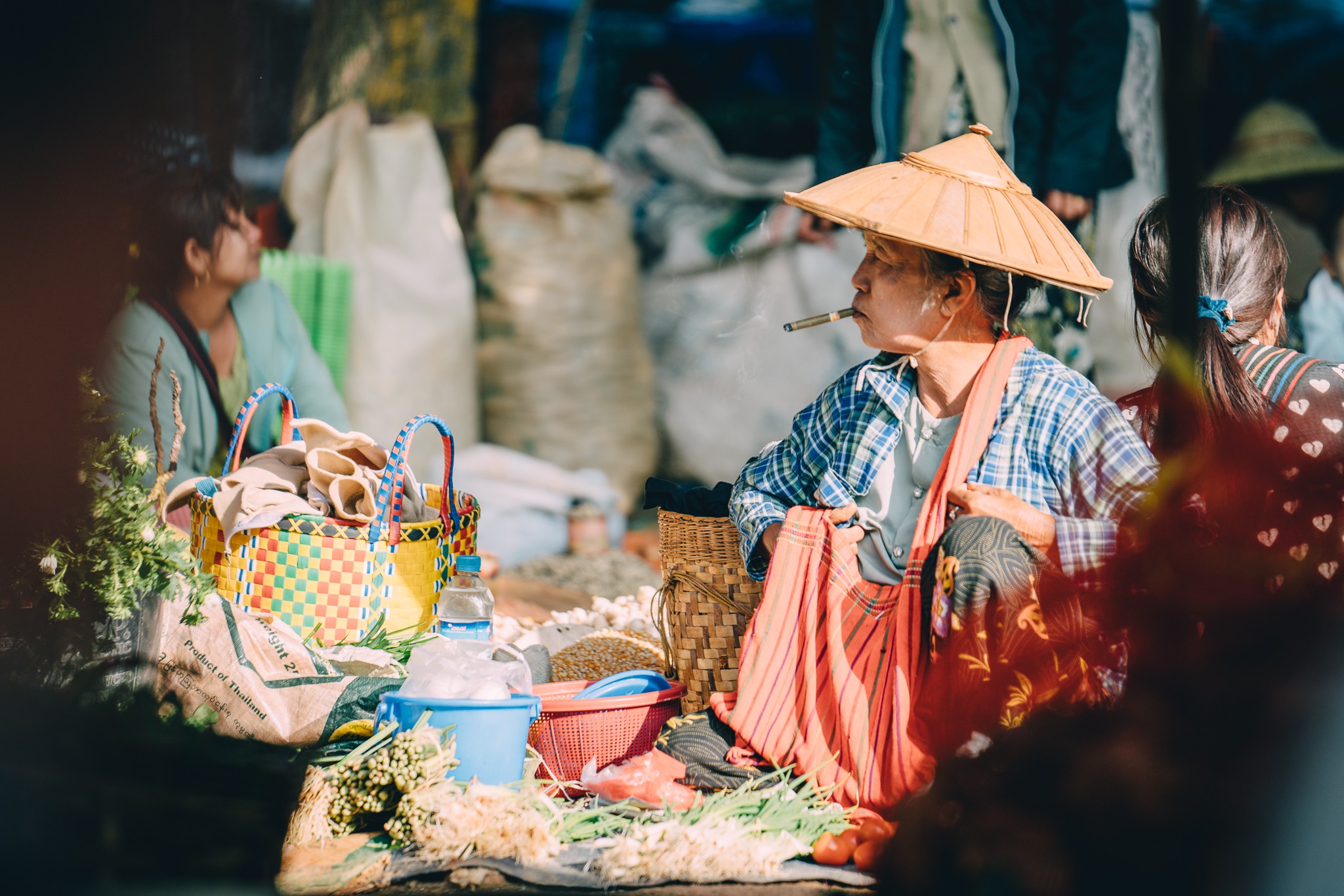 Woman in traditional clothing working at a market
Woman in traditional clothing working at a market
3. Intent: The Driving Force Behind Your Photography
Why are you taking the photo? What story do you want to tell? Getting clear on your intent is crucial.
3.1. Avoiding Self-Serving Agendas
Travel photography should not be about bragging about the cool places you’ve been. Locals don’t care about being part of your “authentic” travel experience. Ask yourself why you are photographing another human being and what you hope to convey with your images.
3.2. The Power of Images
Images are powerful, and storytelling is a skill. Ensure your photography does not contribute to the exploitation of people around the world. Strive to communicate the beauty of a person without oversimplifying their situation, show the complexity of their culture without exoticizing it, and make your viewers think deeper. Preserve dignity and never sugarcoat things for your own benefit.
3.3. Ethical Storytelling
According to a report by the World Tourism Organization in 2022, ethical storytelling in travel photography can foster greater understanding and empathy between cultures, promoting responsible tourism practices.
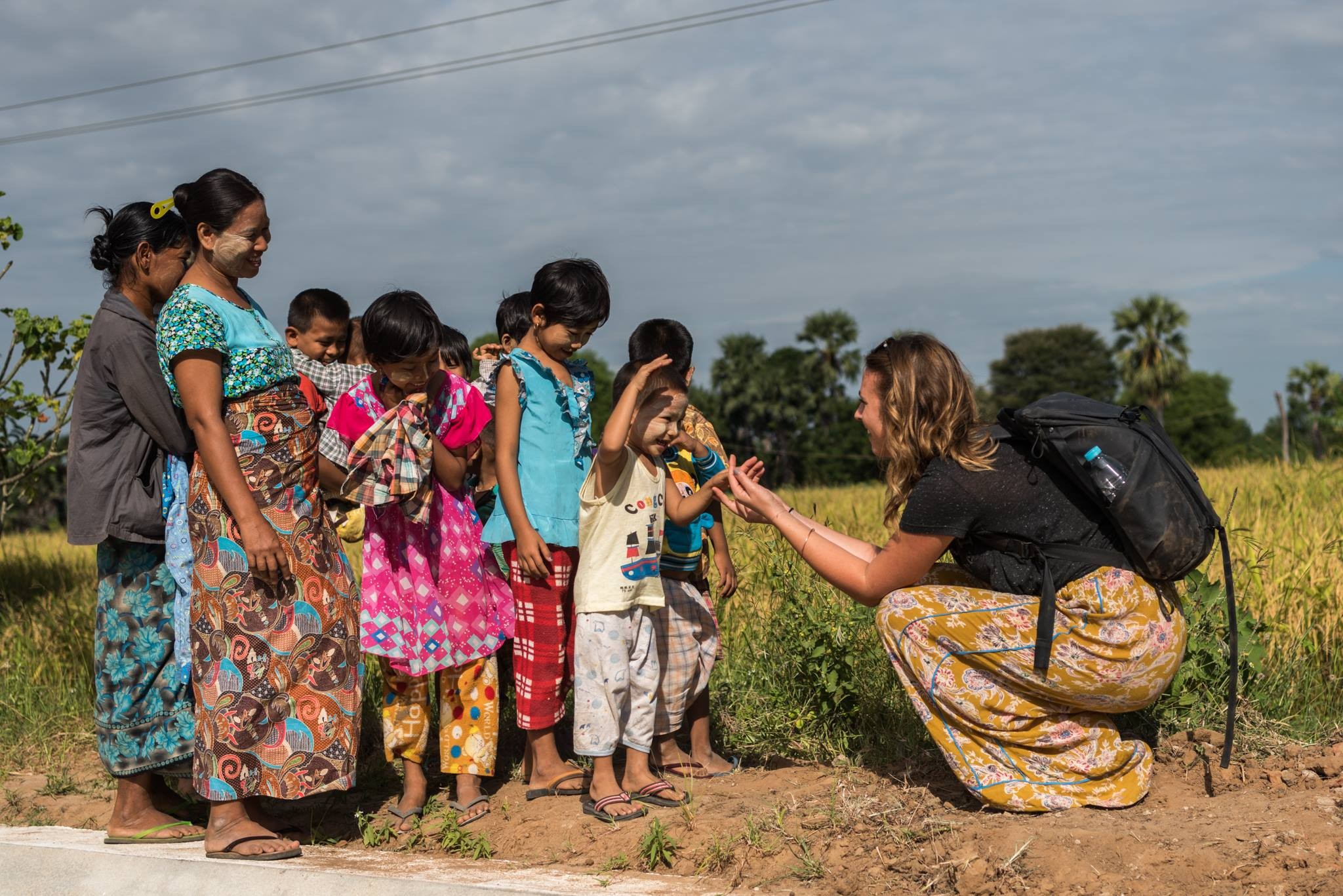 Children curiously watching a traveler
Children curiously watching a traveler
4. Compensation: A Complex Issue
Should you pay someone to take their photo? When is this appropriate? This can be a complex issue, depending on the context and location.
4.1. Reciprocity and Gratitude
If you take a photo of someone selling goods, consider buying something from them. It’s a simple way to create a relationship and show gratitude.
4.2. Understanding Local Economies
In some areas, posing for photos is a way for people to make money. However, this can also create dependency on foreigners. Consider the ethical implications and whether it’s a sustainable practice.
4.3. Authenticity vs. Staging
From a journalistic standpoint, paying someone to pose might compromise the authenticity of the photo. Consider whether staging aligns with your values and the context of your work.
4.4. Informed Decisions
By asking yourself these questions, you can form your own informed opinion on the ethics of compensation in travel photography.
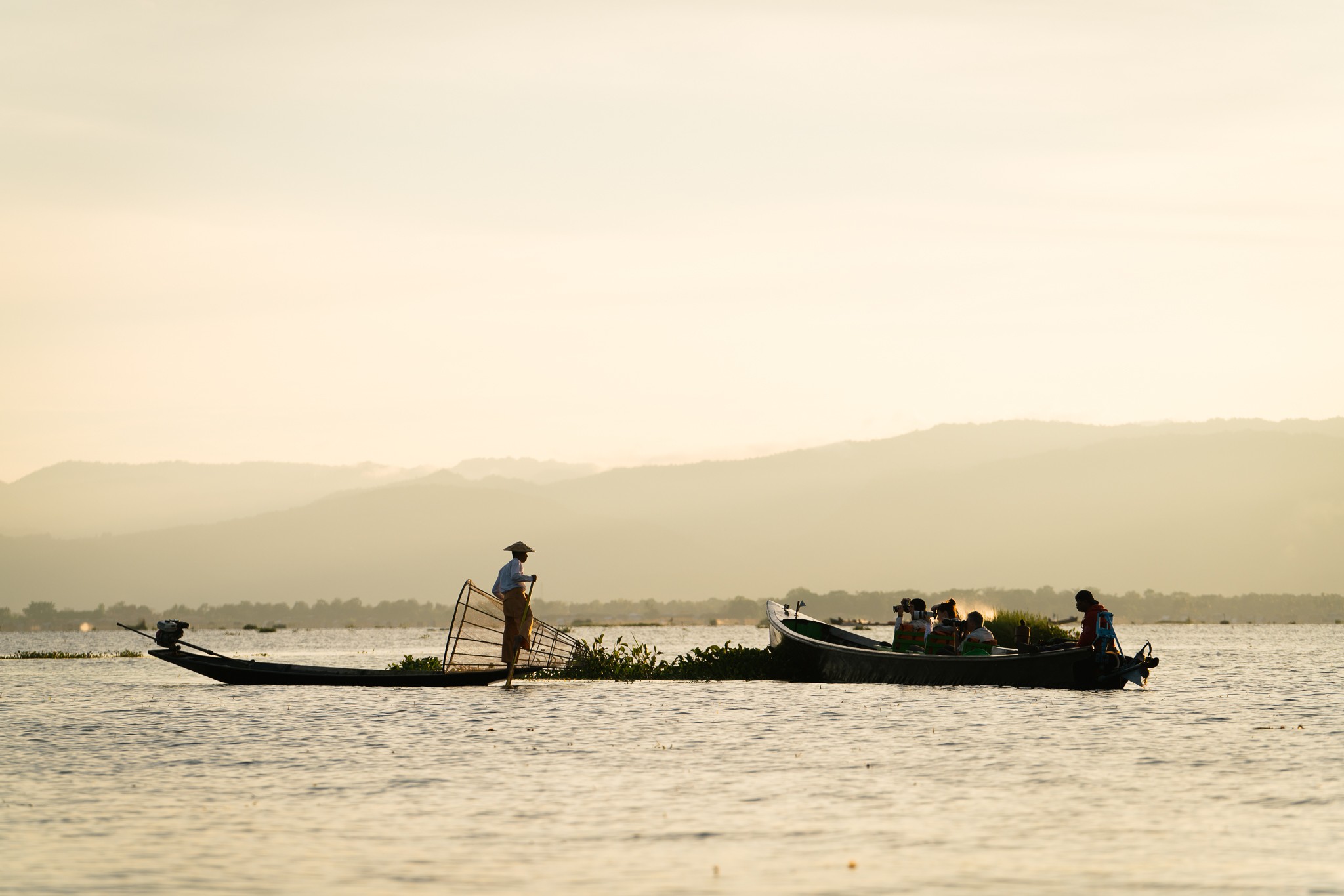 Fisherman posing on Inle Lake in Myanmar
Fisherman posing on Inle Lake in Myanmar
5. Respect: A Guiding Principle
Respect for people and culture should be at the forefront of your travel photography.
5.1. Adhering to Rules and Regulations
Respect rules, regulations, guidelines, laws, traditions, private property, privacy, and wildlife. Not abiding by rules can lead to trouble or even jail time in certain countries.
5.2. Basic Empathy and Consideration
Consider whether it’s appropriate to photograph certain things, such as religious structures, sensitive ceremonies, or private celebrations.
5.3. Representing Foreigners
Remember that your behavior reflects on other visitors. Strive to create a positive impression.
5.4. Environmental Responsibility
Adhere to Leave No Trace principles and regulations prohibiting drones in certain areas.
5.5. Wildlife Photography
Never feed animals and pay attention to their cues. If you are scaring or threatening them, their body language will tell you.
5.6. Knowing When to Stop
Sometimes, the most respectful thing to do is to put your camera away.
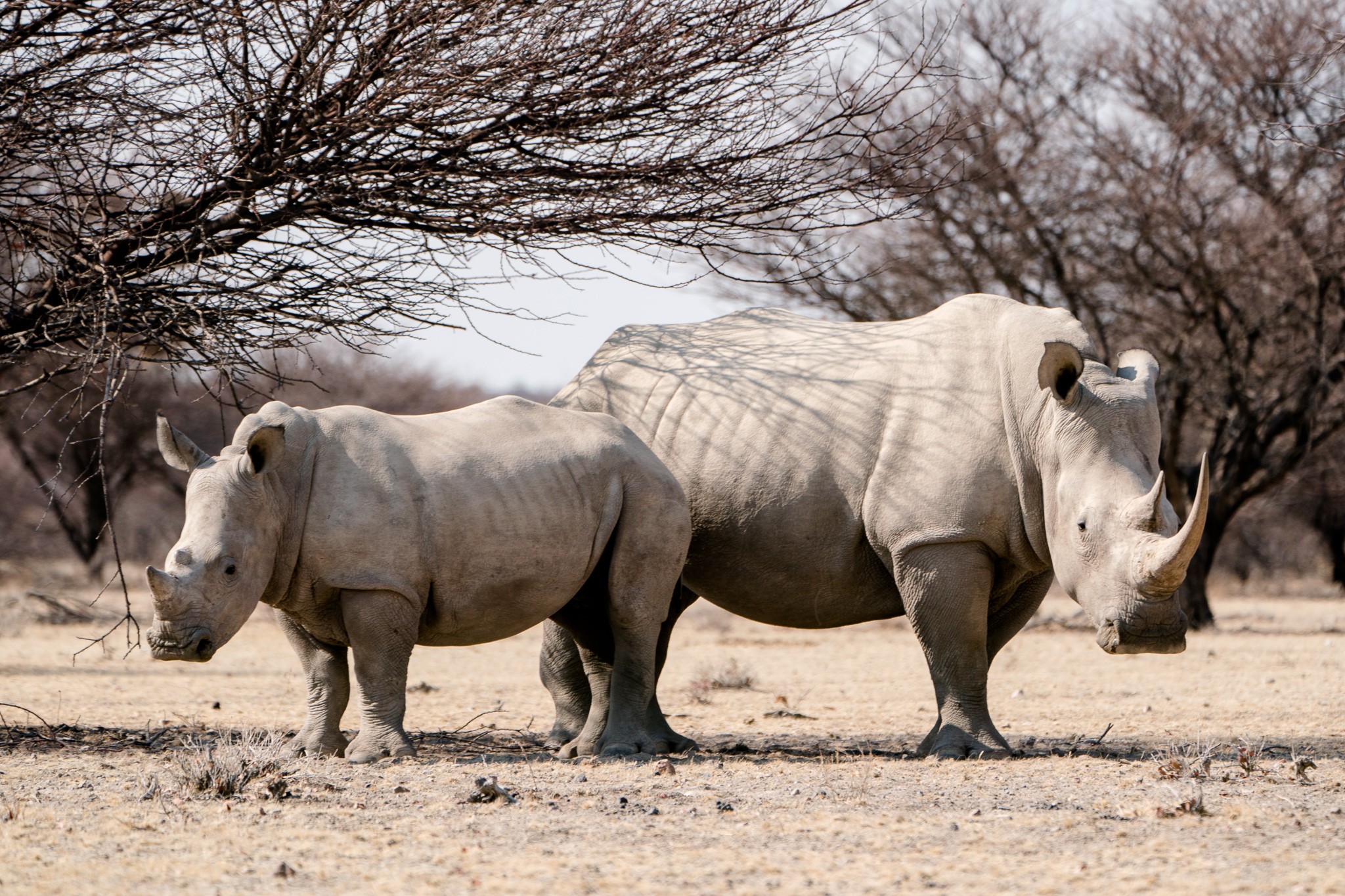 Rhino with calf in the wild
Rhino with calf in the wild
6. Visiting a Tribe: A Unique Experience
Visiting a tribe can be a valuable way to learn about a different culture and expand your travel experience.
6.1. Ensuring Mutual Benefit
Make sure your visit benefits the tribal members and that you are paying them directly. Research to ensure your money is reaching them and not being pocketed by tour guides or drivers.
6.2. Avoiding Negative Impacts
Be aware that not all tribal visits are positive experiences. Some tourists treat tribal members like zoo animals, taking photos without respect.
6.3. Intentional Actions
Be intentional with your actions and ask your fellow travelers thoughtful questions about their behavior.
6.4. Thoughtful Gift-Giving
If you want to bring a gift, make it something the people actually want or need, not just candy or toys.
6.5. Health Precautions
Do not visit if you are sick. People in remote areas often lack access to adequate healthcare.
6.6. Seeking Permission
Always ask permission before taking photos, picking up a toddler, or entering a restricted area. Don’t assume you are entitled to anything.
6.7. Positive Interactions
If you are considerate and the group welcomes you, visiting a tribe can be a great experience.
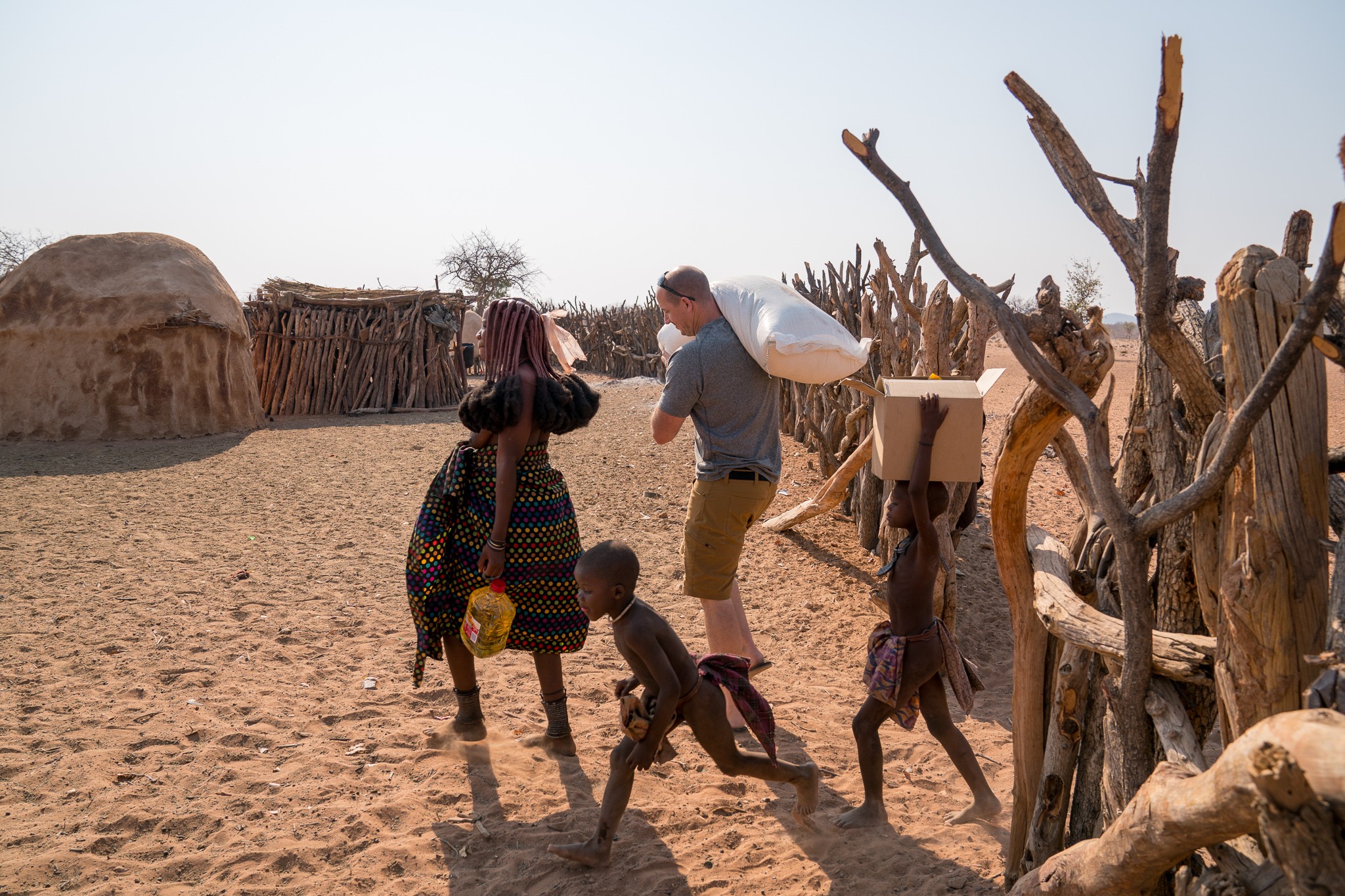 Colby Brown bringing payment to a Himba village
Colby Brown bringing payment to a Himba village
7. Selfies: A Reflection of Self and Others
Social media puts the focus on the individual, and it’s become common to show photos of yourself doing altruistic things or having unique experiences.
7.1. Thoughtful Posing
Be careful what you pose with and how you pose with it. Be respectful of religious sites, family businesses, and people.
7.2. The “Why” Behind the Photo
If you want a photo of yourself with local kids, ask yourself why. What is the photo about? If you’re in it, the photo is partly about you.
7.3. Avoiding Objectification
Ensure you are not accidentally communicating that you view other human beings as accessories.
7.4. Self-Reflection
Consider your intentions when taking photos. Were you taking them with clean and clear intentions, or just to look cool and worldly?
7.5. Gut Feelings
You will know in your gut what feels right and what feels icky.
 Traveler with locals in Myanmar
Traveler with locals in Myanmar
8. Post-Processing: Enhancing or Distorting Reality?
With powerful editing tools, we can easily change many aspects of a photo. A photographer’s editing decisions can transform an image, but extreme editing can be misleading.
8.1. Respectful Editing
When displaying culture through your photography, the amount of editing matters. Avoid making significant changes to photos of people that alter their story.
8.2. Maintaining Authenticity
Strive to tell a story that is true to how you saw it. Avoid over-editing images to the point where they no longer reflect reality.
8.3. Stylistic Choices
Editing is a stylistic choice, but it’s important to consider the ethical implications of your decisions.
8.4. Personal Preferences
What are the limits of photo manipulation? Should an image only portray 100% reality? These decisions are up to the individual to make.
8.5. Seeking Guidance
According to a study by the International Center of Photography in 2021, photographers who engage in ethical discussions about post-processing are more likely to make responsible choices that respect the integrity of their subjects and the cultural context.
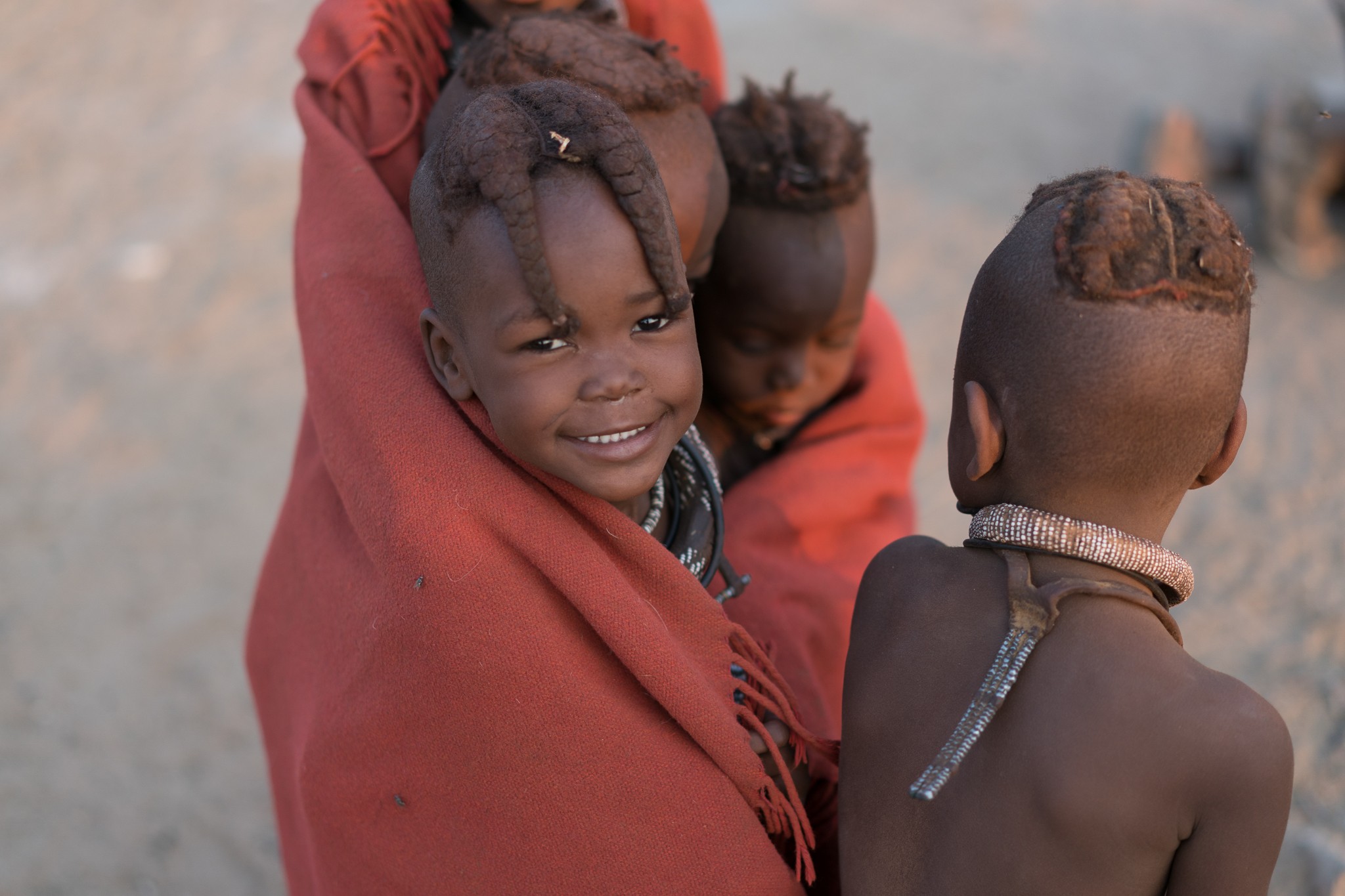 Before and after photo editing
Before and after photo editing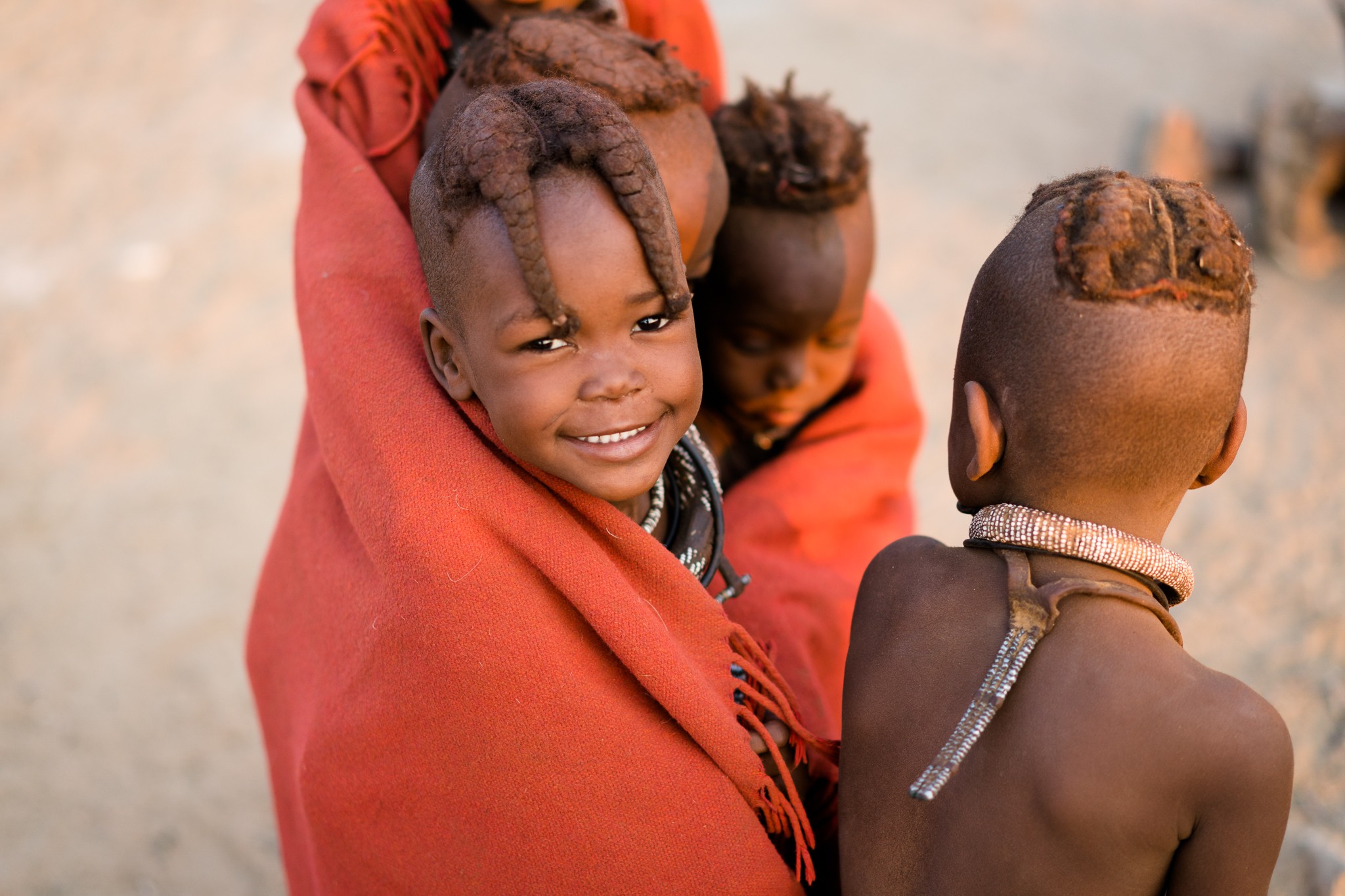 Edited photo
Edited photo
9. Posting & Publishing: Sharing Responsibly
With the ease of sharing online, you don’t always know where your photo will end up or the ramifications of that might be.
9.1. Considering the Impact
Think twice before posting a photo that oversimplifies a complicated issue or displays something out of context.
9.2. Protecting Endangered Species
If you have taken photos of an endangered species, be sure to wipe your metadata to prevent poachers from using it to locate animals.
9.3. Unintended Consequences
Be aware that a photo that seems arbitrary to you could heavily impact someone else.
9.4. Losing Control
Once you post a photo, you lose control over it. Ask yourself what that photo will mean when it stands alone, without your words or experience.
9.5. Social Media Awareness
Be aware that if you post something on social media, someone else might emulate your behavior.
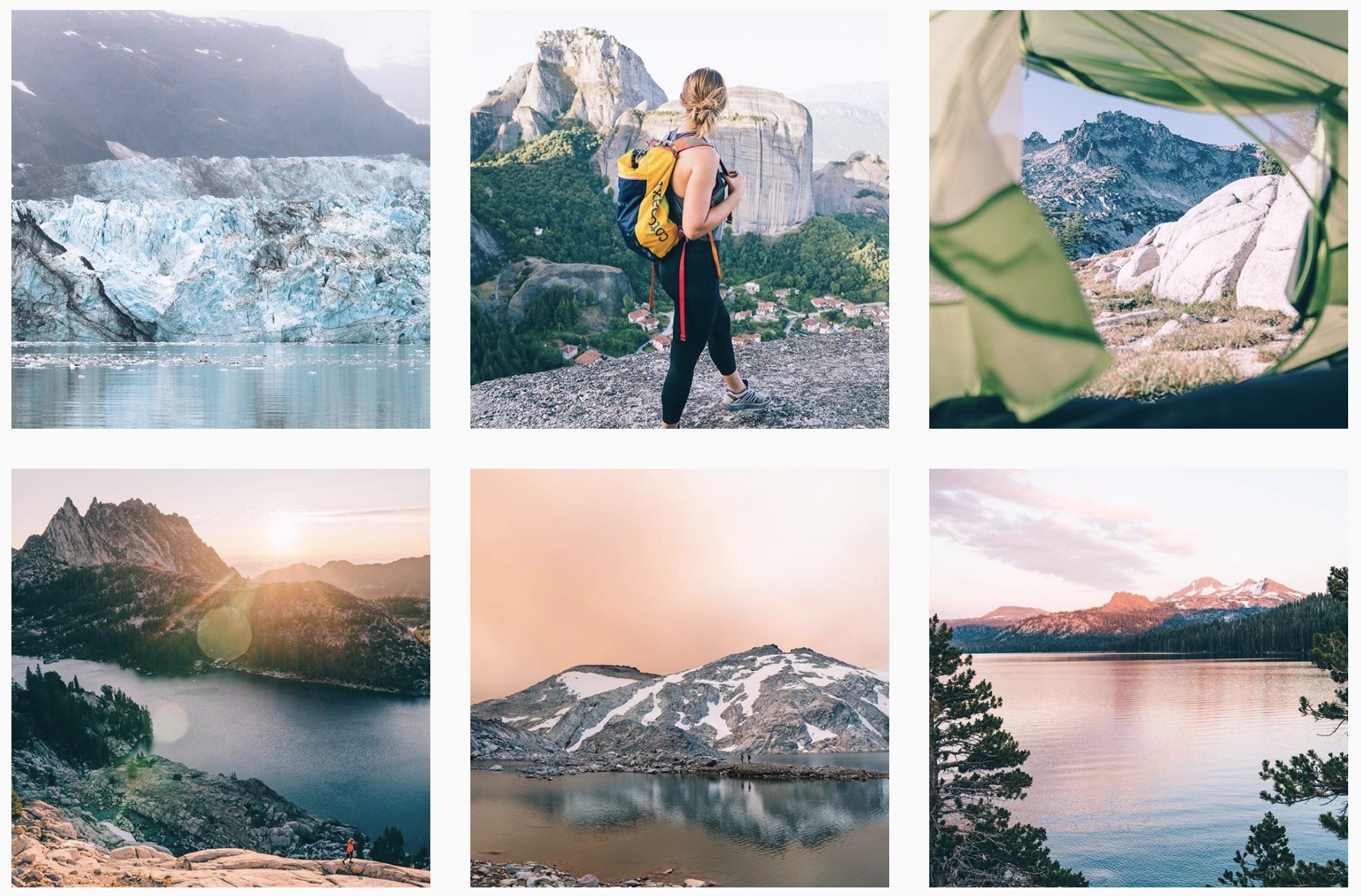 Instagram ethics
Instagram ethics
10. Inspiration vs. Copying: Finding Your Unique Voice
As artists, we inspire each other, but there’s a line between inspiration and copying.
10.1. Originality Matters
Exact copying is never OK. It does not reflect well on you, especially if you are an aspiring photographer.
10.2. Experimentation
Experimenting with different styles is expected, especially when starting out.
10.3. Finding the Balance
There is a line between inspiration and stealing. Getting inspiration from others is fine, but be sure to develop your own unique voice.
11. Selling & Licensing: Ethical Considerations
If you have the opportunity to sell your images, consider the ethical implications.
11.1. Model Releases
If the photo is a portrait, do you have a signed model release? Is it in your integrity to license or sell a print of that photo without the person’s consent?
11.2. Potential Impact
Selling a print might mean your work is displayed in someone’s home or office, potentially sparking conversations or inspiring others.
11.3. Legal and Ethical Compliance
If you plan to sell your photos, ensure you can legally and ethically shoot at your proposed location and that your models are fully informed.
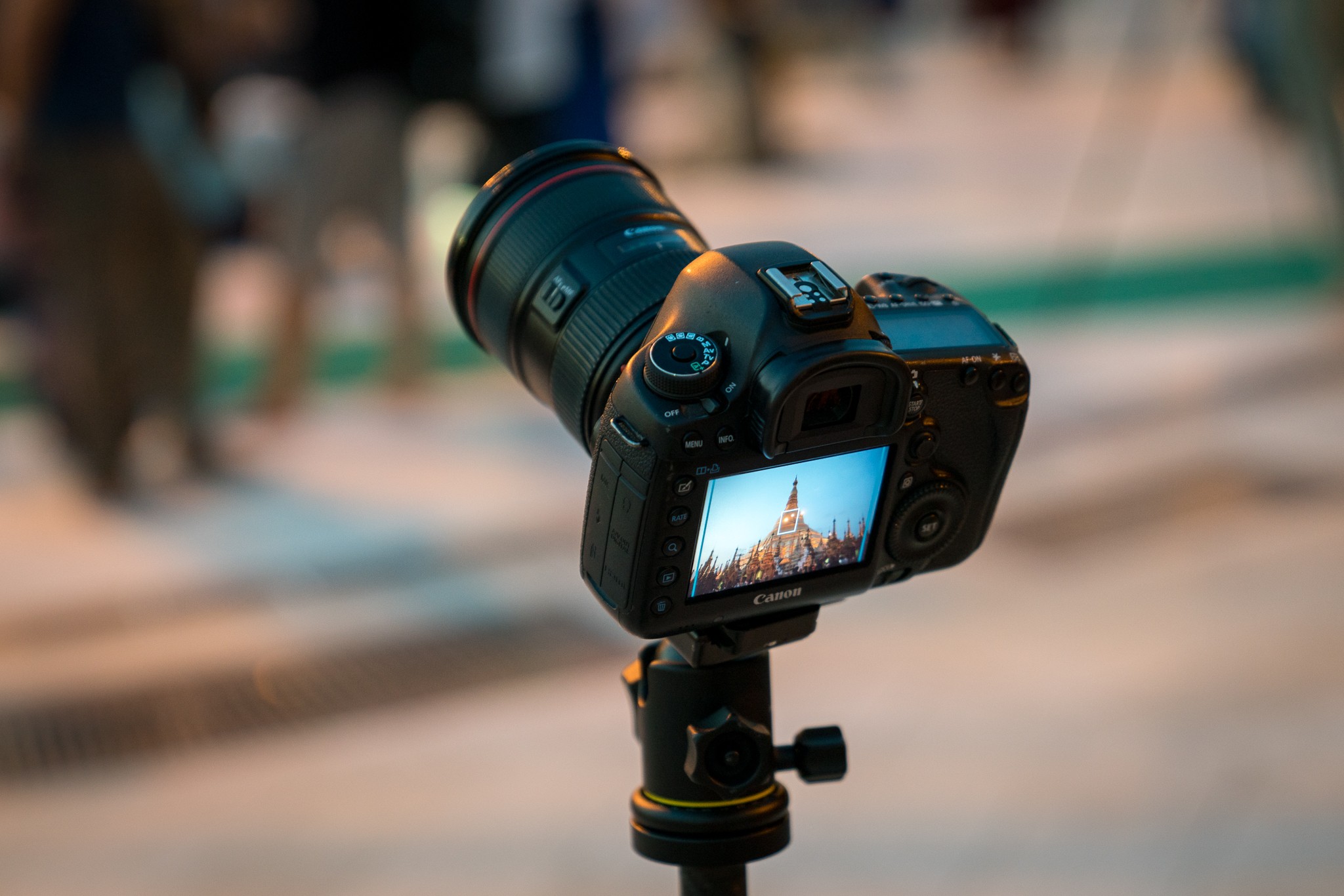 Travel photographer in the field
Travel photographer in the field
11.4. SIXT.VN: Your Partner in Ethical and Sustainable Travel
SIXT.VN is committed to promoting ethical and sustainable tourism practices. By choosing SIXT.VN, you are supporting a company that values respect, responsibility, and cultural sensitivity.
- Customized Itineraries: We offer personalized travel plans that align with your interests and values, ensuring a meaningful and respectful experience.
- Reliable Transportation: Our airport transfer services ensure a seamless and stress-free arrival and departure, allowing you to focus on your cultural immersion.
- Handpicked Accommodations: We provide a range of hotels that meet your budget and preferences, ensuring a comfortable and convenient stay.
- Curated Tours: Our guided tours take you to iconic landmarks and hidden gems, providing unique cultural experiences and insights.
- Expert Travel Assistance: Our team of travel experts is available to assist you with flight bookings and address any travel-related questions or concerns.
11.5. Ready to Embark on Your Ethical Adventure with SIXT.VN?
Don’t let planning difficulties, language barriers, or concerns about reliable services hold you back from experiencing the beauty of Vietnam.
- Tailored Travel Advice: We design travel itineraries to match your interests and schedule.
- Safe Airport Transfers: We provide secure and reliable airport transportation.
- Wide Choice of Hotels: Find a hotel that suits your budget and location preferences.
- Assistance with Sightseeing Tickets: Obtain tickets to popular destinations in Hanoi and its surroundings.
- Affordable Flight Bookings: We will help you book flights at affordable prices and convenient times.
- Expert-Led Hanoi Tours: Join one of our exciting and educational Hanoi tours.
Contact us today to learn more about our all-inclusive travel packages, airport transfers, hotel booking services, and Hanoi tours:
Address: 260 Cau Giay, Hanoi, Vietnam
Hotline/Whatsapp: +84 986 244 358
Website: SIXT.VN
FAQ: Ethical Photography in Ethnic Villages
1. Why is it important to ask permission before taking photos in ethnic villages?
Asking permission shows respect for the individuals and their culture. It acknowledges their autonomy and prevents exploitation.
2. What should I do if someone says no to having their photo taken?
Respect their decision and refrain from taking the photo. It’s essential to honor their boundaries.
3. Are there specific cultural practices I should be aware of before taking photos?
Research the local customs and traditions beforehand. Some cultures may have specific beliefs or taboos regarding photography.
4. Is it appropriate to offer compensation for taking photos?
In some cases, offering compensation can be a sign of respect and gratitude. However, it’s essential to understand the local context and avoid creating dependency.
5. How can I ensure my photography is not exploitative?
Be mindful of your intent and strive to tell authentic stories that preserve dignity. Avoid oversimplifying complex issues or exoticizing cultures.
6. What are some alternatives to taking photos if I’m unsure about permission?
Engage in conversation, show genuine interest, and focus on building relationships. Sometimes, the most meaningful experiences come from simply being present in the moment.
7. How can I learn more about ethical travel photography?
Explore resources from reputable organizations like the World Tourism Organization and the International Center of Photography.
8. What are some tips for respecting privacy when taking photos?
Avoid photographing people in private moments or without their knowledge. Be mindful of cultural norms regarding personal space.
9. How can I ensure my photos are used responsibly online?
Think twice before posting photos that could be harmful or disrespectful. Be aware of the potential impact your images may have.
10. Does SIXT.VN offer guidance on ethical photography for travelers?
Yes, SIXT.VN is committed to promoting ethical and sustainable tourism practices. We provide resources and guidance to help travelers make responsible choices.
By embracing these principles, you can ensure your travel photography is a force for good, fostering understanding, respect, and positive change in the world.



